Cars were regularly parked on the breakwater at Haparanda Dam, even though this is not allowed.
-
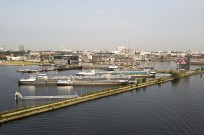
-
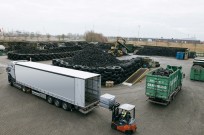
At Siciliëweg in the Amsterdam port, Granuband processes all kinds of used car tires. As one of the early pioneers in the circular industry, we wanted to find out how they're doing now. Maarten van Randeraat, founder and director at Granuband, and his colleague Marco Alderlieste, General Manager, gave us an update: “We’re ready to accelerate, but legislation and regulations are holding us back.”
-
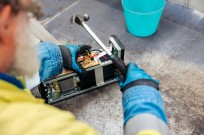
The story of Milieuwerk began in 1992, with the aim of giving people from Amsterdam’s Spaarndammerbuurt a fair chance at meaningful work. Electrical appliances from across the city were collected and sorted at Milieuwerk, just outside Amsterdam. Today, the company is located in the Port of Amsterdam and employs 120 people who, as David Jansen (41), Director of Milieuwerk and the Recycling Service Centre (RSC), puts it: “struggle to find or keep a job on their own.”
-
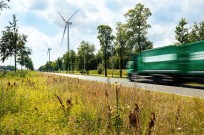
A ruling by the Dutch Council of State on December 18, 2024, has further tightened nitrogen regulations—also affecting businesses in the Amsterdam port area. Entrepreneurs who emit nitrogen near protected nature areas (Natura 2000) will now more often have to meet additional conditions for new projects, even if they already hold a nature permit.
-
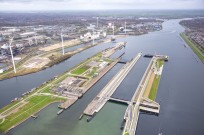
Rijkswaterstaat has determined that the new salt barrier in IJmuiden affects water discharge through the spui- and pumping Complex in IJmuiden more than initially expected.
-
On Monday, March 10, the new offshore installation vessel from Dutch company Van Oord arrived at TMA Logistics in the Port of Amsterdam. To reach its destination, the massive vessel—175 meters long and 63 meters wide—had to navigate through the world’s largest sea lock in IJmuiden, an impressive sight. In Amsterdam, the final outfitting and commissioning work will be completed before the Boreas departs for its first offshore wind project. So far, the Boreas is the widest vessel to have passed through the IJmuiden Sea Lock.
-
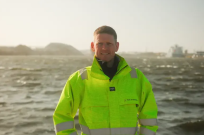
In 25 years, the Netherlands aims to have a fully circular economy. But how is the transition progressing? According to James Hallworth, Commercial Manager Circular Economy at Port of Amsterdam, it’s moving far too slowly: “Globally, we’re only at around eight percent. In the Netherlands, we’re fortunately closer to 25 percent, but there’s still a long way to go to reach the target of 50 percent by 2030. Current geopolitical tensions could actually be a major driver for accelerating the shift toward a circular economy.”
-

After ten years in various financial roles—five of which as Chief Financial Officer (CFO)—Alexander Kousbroek is leaving Port of Amsterdam. As of June 1, 2025, he will take on the role of CFO at Talpa Network.
-
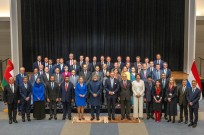
A groundbreaking Joint Development Agreement (JDA) has been signed to establish the world’s first liquid hydrogen import corridor, connecting the Sultanate of Oman, the Netherlands, and Germany. This corridor will link the port of Duqm in Oman, the port of Amsterdam in the Netherlands, and key logistics hubs in Germany, including the port of Duisburg in Germany, enabling the commercial-scale import of renewable fuel of non-biological origin (RFNBO) compliant liquid hydrogen to Europe. The agreement was signed during the state visit by His Majesty the Sultan of Oman to the Netherlands.
-
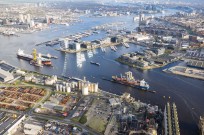
In 2024, we developed a new vision for the Port in 2040 and a four-year strategy for the Amsterdam port. As of today, both documents have been submitted to the City Council for review and feedback.